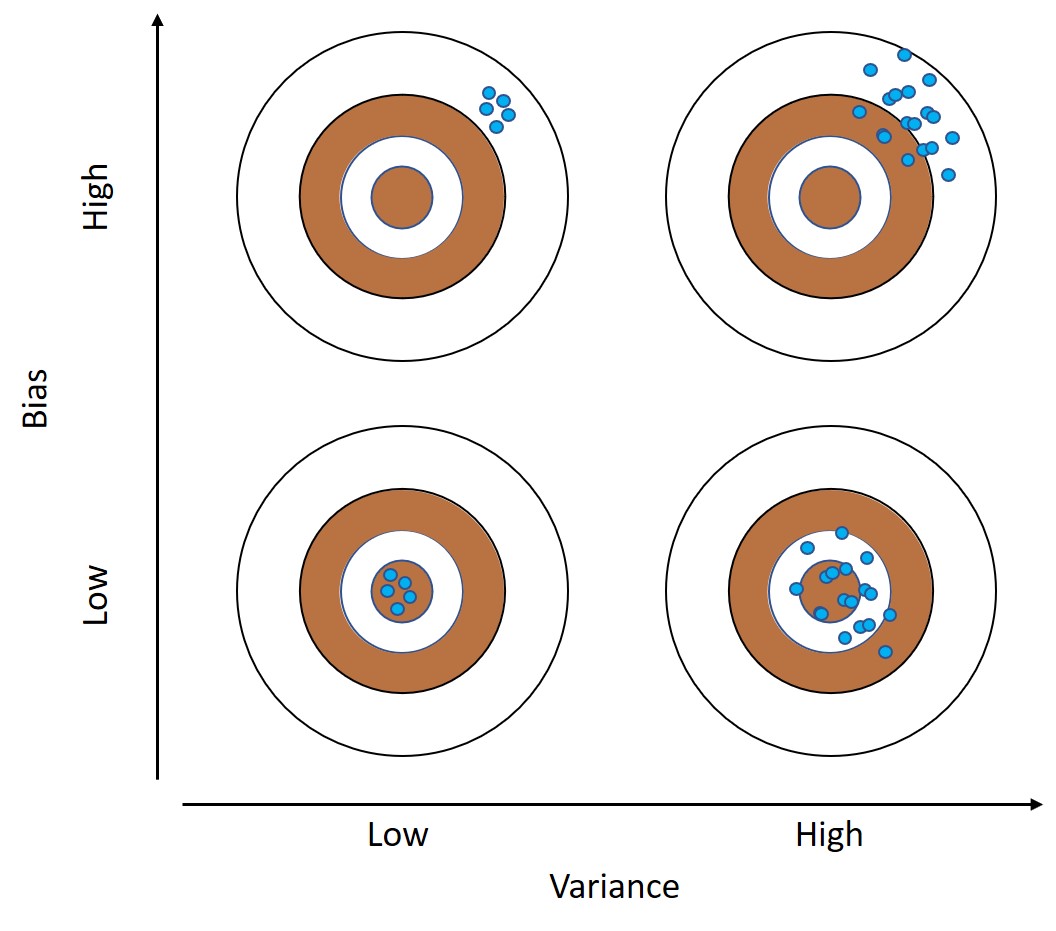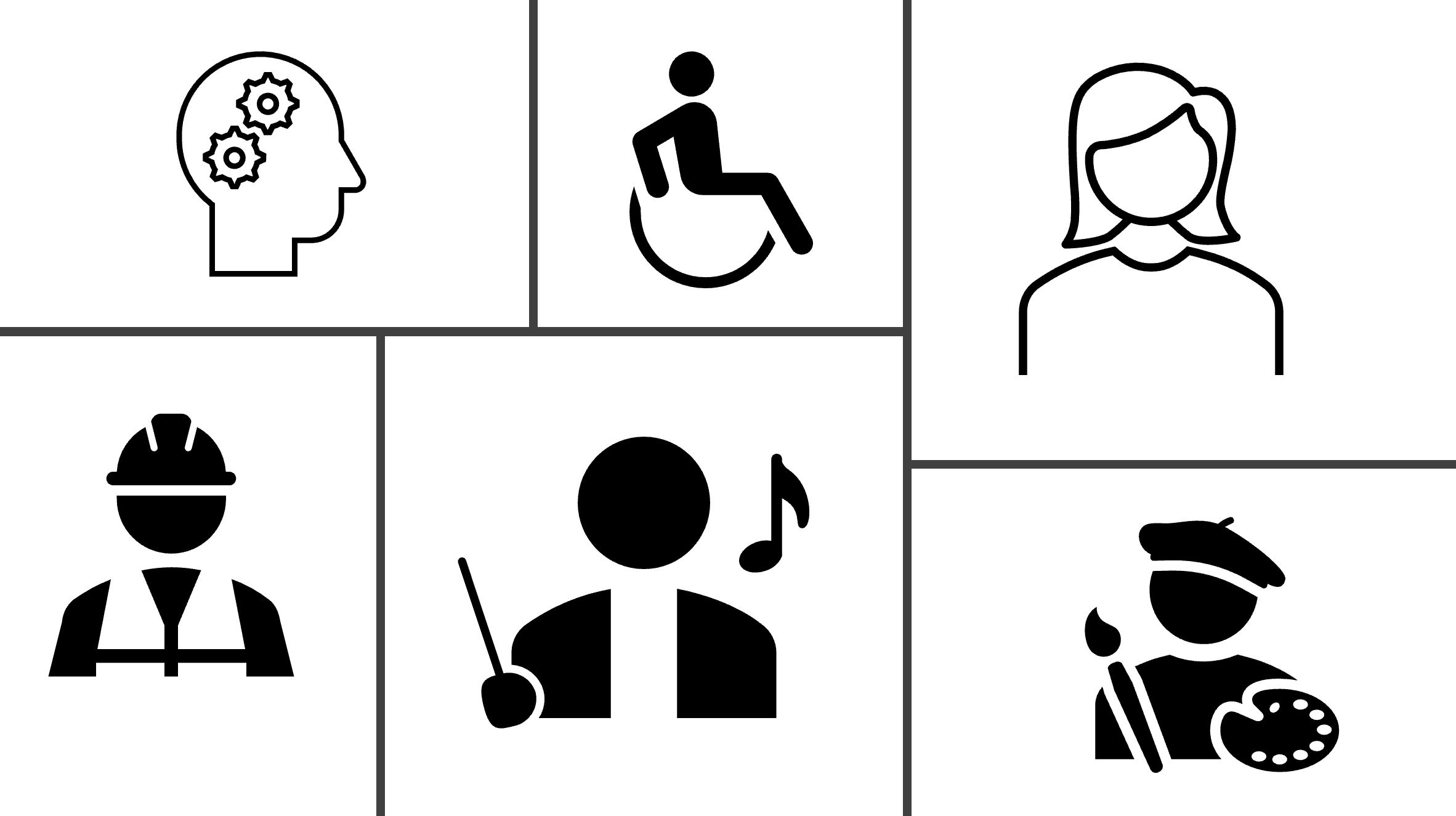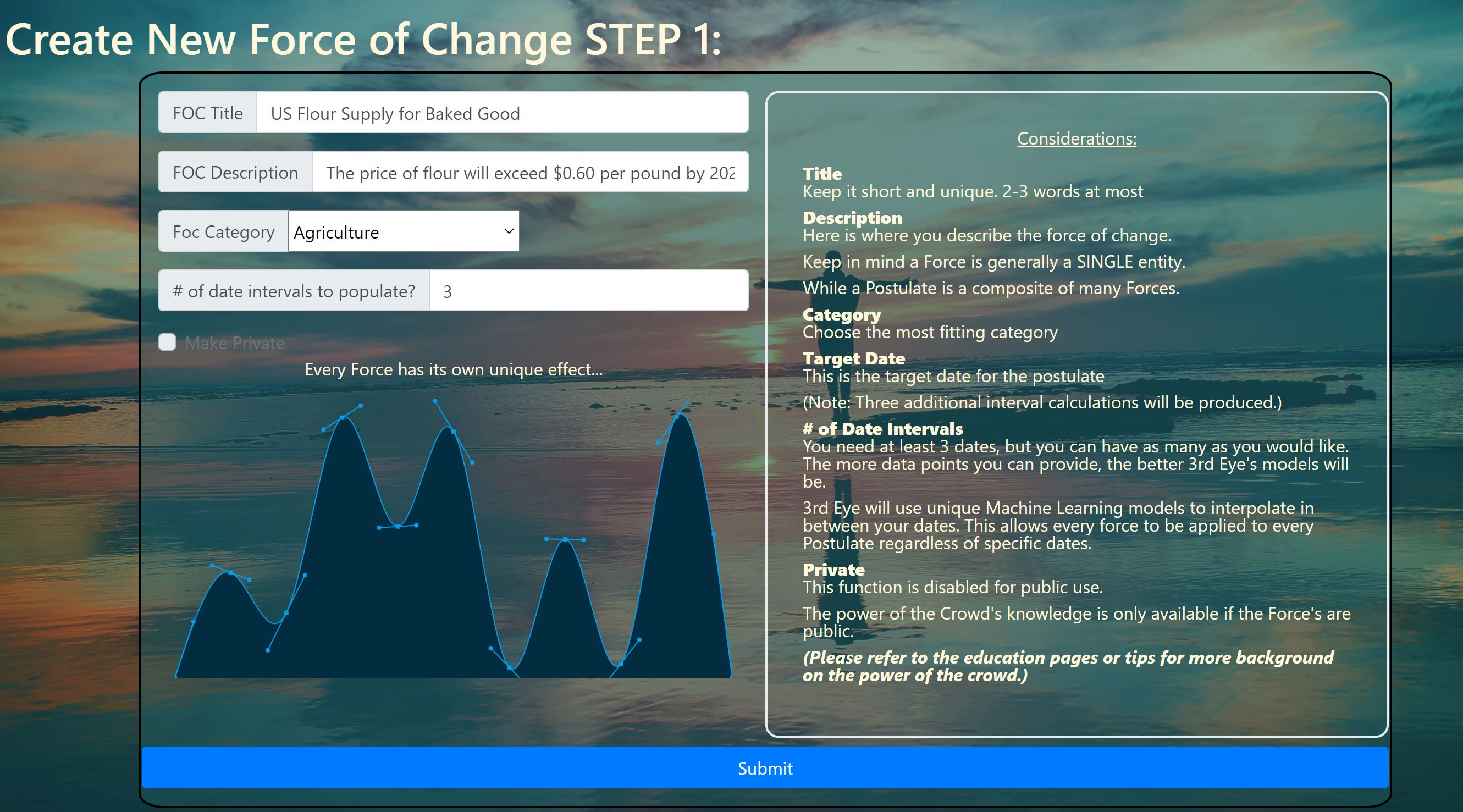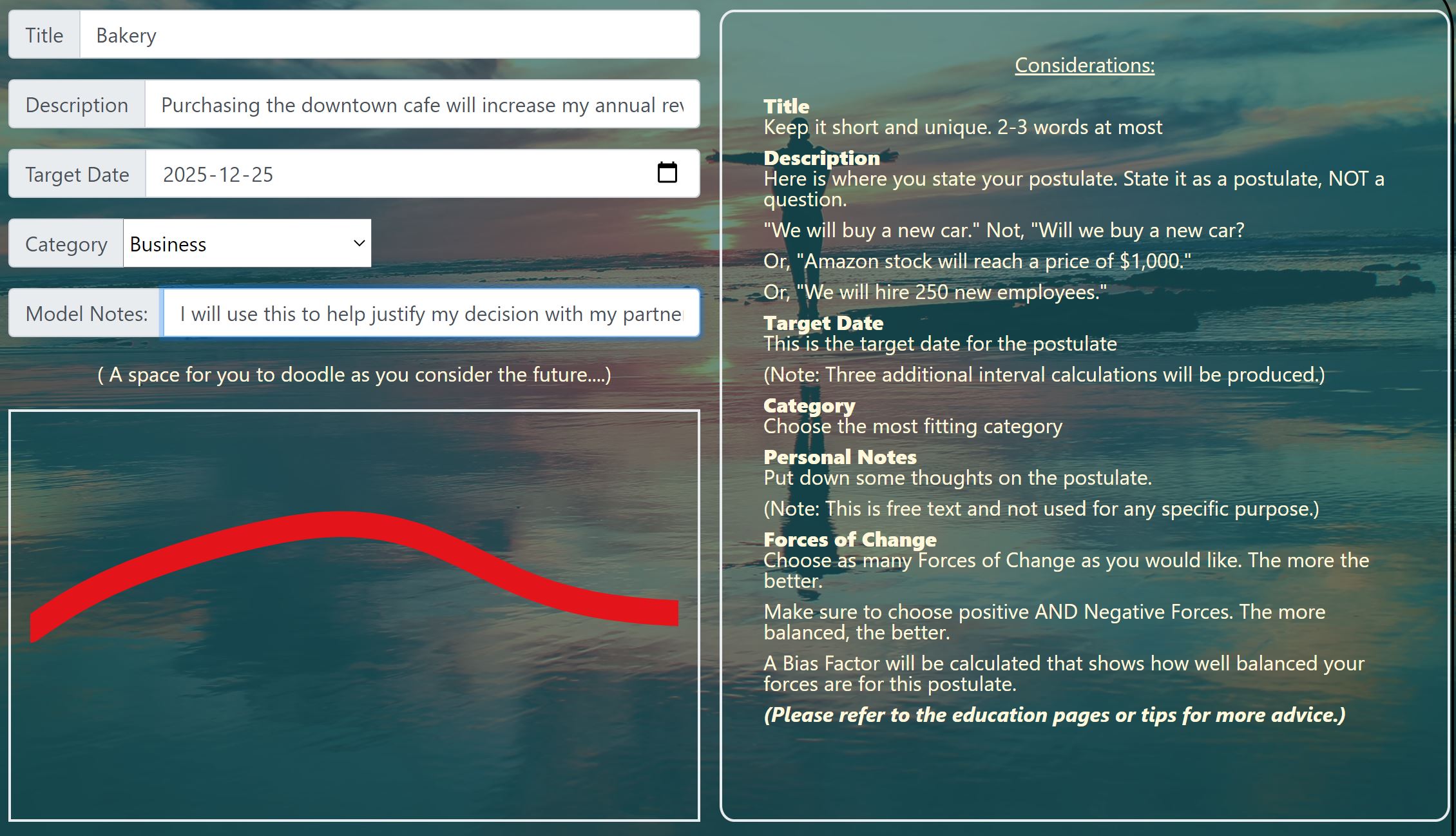Let's return to our cow.
So, how much DOES she weigh?




3rd Eye's Crowd is Global
The reach of this platform ensures that Forces of Change are coming from a varied and multi-faceted perspective.
Subject Matter Experts
Experts understand their subject matter. It's why they contribute. Ranking ensures the best expertise is ranked the highest.
Futures Change
The Forces of Change change! Our system encourages continuous quality oversight and updates.




Beta vs 2.65
NOTE: Thank you for trying us out! Please remember that we are still in Beta development. Please send comments and suggestions to info@3rdEyeDecisions.com.
Copyright 2022 WS LLC. All rights reserved.